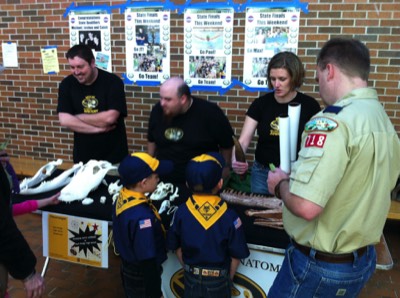Integrative Anatomy PhD Degree in the Pathobiology Area Program

The small size of the IA program gives our students the advantage of a personal and flexible program designed around student career goals and research interests. IA students are also part of a larger graduate student community with cohorts in allied programs (e.g., anthropology, biological sciences, geological sciences, neuroscience) at MU.

- School of Medicine
- College of Arts and Sciences
- College of Engineering
- College of Veterinary Medicine
- College of Agriculture, Food and Natural Resources
- School of Health Professions
- Thompson Center for Autism and Neurodevelopmental Disorders
- Truman VA Hospital
- Bond Life Sciences Center
- Research Reactor
Independent research begins early in the graduate program, with laboratory research rotations occurring under faculty guidance in the first year. Students are required to take a series of core courses listed below. In consultation with the IA faculty, each student performs additional coursework tailored to suit their specific interests. By the end of the second year, students are expected to pass a comprehensive examination based on a reading list provided at the start of the first year and on their specific dissertation research interests. Students also must successfully defend their dissertation proposal to their committee.

Exposure to a comprehensive research background coupled with the development of individual expertise is designed to prepare graduate students for careers in research and education consisting of publishing, teaching and public outreach.